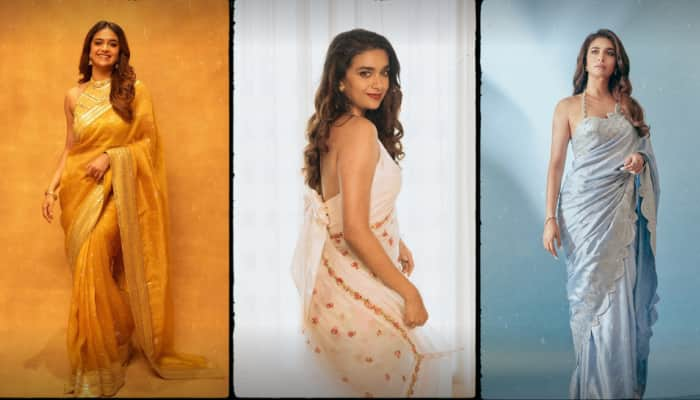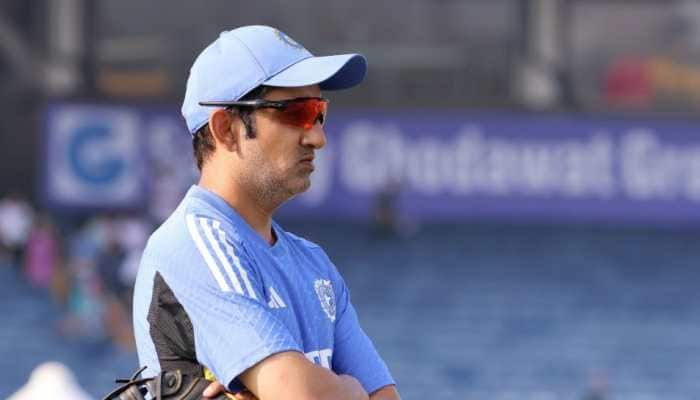Acclaimed Warli artist Jivya Soma Mashe dead
Internationally acclaimed artist Jivya Soma Mashe -- who catapulted Warli tribal art form to the global stage -- passed away here after a prolonged illness, an official said on Tuesday.
Trending Photos
)
Palghar: Internationally acclaimed artist Jivya Soma Mashe -- who catapulted Warli tribal art form to the global stage -- passed away here after a prolonged illness, an official said on Tuesday.
He was 84 and breathed his last Monday night at his home in Dahanu town in the district. He is survived by a daughter and sons Sadashiv and Balu -- both Warli artists.
Honoured with a Padma Shri in 2011, Prince Claus Award in 2009 and National Award for Tribal Arts in 1976, Mashe will be accorded a state funeral later on Tuesday.
In a condolence message, Maharashtra Chief Minister Devendra Fadnavis said that with Mashe's demise, "we have lost a dedicated artist who brought the Warli tribal arts form to the international level".
Born in 1934 in Dhamangaon village in then undivided Thane district, Mashe and his family moved to Kalambipada village, now in Palghar, when he was 11.
At age seven, he lost his mother and was in deep trauma, rendering him speechless for several years.
As a young boy, he used to communicate by etching figures in mud, which endeared him to the local tribal community.
Over the years, he developed his rough skills into a specialised art form and developed Warli tribal art to attract global attention.
He made use of mostly white paint on a brown, earthen backdrop joining dots, dashes and lines to bring to life various aspects and themes connected deeply with his tribal culture, background, traditions and the environment.
Mashe liberally -- but with minute details -- drew on his surroundings by painting tribals dances, hunting scenes, birds, animals and insects, forests and forest folk like him who are still masters of the jungles and live in complete harmony with nature.
It was in the 1970s that his art was discovered first by a government team scouting for masters in different forms of traditional arts and to preserve various forms of local artistry for posterity.
In 1975, Mashe's maiden exhibition was held at the Jehangir Art Gallery, which heralded the arrival on the global art scene of the humble tribal artist from a hamlet in Palghar.
There was no looking back. Soon Mashe and his Warli paintings travelled to various countries like the US, earning him accolades and kindling new interest in the hitherto unknown aspects of Maharashtra's tribal culture and arts.
He was awarded several major national and international awards. Top personalities, including then Prime Ministers Jawaharlal Nehru and Indira Gandhi, appreciated his arts.
However, he remained unaffected by all the awe, fame, glitter and glamour and retained his simple lifestyle in his village, moving around in a shirt and shorts.
But many international artists, photographers and mediapersons would travel to meet him at his humble abode, where he used to welcome them warmly, take them around to see his art on the walls of his home and other houses in his village, wowing the visitors.
Mashe inspired many youngsters who took to the nearly-dead Warli tribal art form in a big way and many made it even a commercial success.
Mashe's paintings, or by young artists inspired by him, can be viewed in several art galleries, corporate offices and even homes of people in Mumbai and other cities.
Stay informed on all the latest news, real-time breaking news updates, and follow all the important headlines in india news and world News on Zee News.
Live Tv







)
)
)
)
)
)
)
)
)
)
